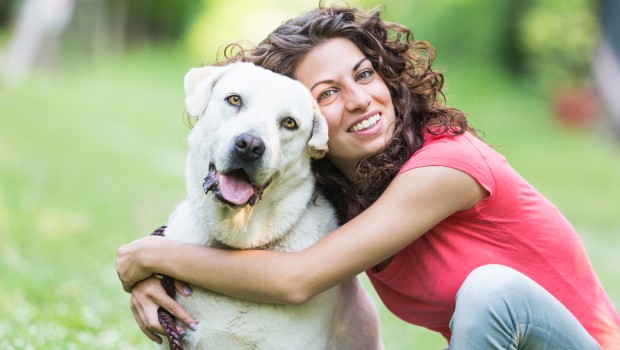How To Ensure Lost Dog Arrives Home Safe and Sound
Identification for your dog could easily be compared to insurance: you are glad you have it but you hope you never have to use it!
However, if you do, you’ll feel safe and secure knowing that it’s there. When it comes to your dog, and especially small puppies, you never know when they might accidentally slip out the back door, and having proper identification can mean the difference between getting your lovable pet back into your arms, or losing her forever!
What Is The Best Type Of Identification For My Dog?
There are several types of identification that can be used to help identify your dog if he or she was ever to become lost. To give you a clear idea of each type so that you can make an informed decision on how to secure your dog, here is the list:
1. Basic Tags and Collars: This type of identification is fairly inexpensive and can be taken care of quickly. You can order metal or plastic tags that have your address and phone number imprinted on them. The tag will then be attached to the dog’s collar. This form of identification is also easy to spot and anybody who sees a dog running loose can simply look down and check to see what family he belongs to.
Unfortunately, these tags can also be easily removed or torn off. If your dog or puppy loses this identification then there is very little chance of getting him back. There are also thieves out there who will be more than happy to see a puppy roaming around by himself and remove its collar in order to take it home.
2. Microchips: Microchips for dogs and other house pets have been around for quite some time. Originally, every microchip that was functioning in the United States was set on a frequency signal of 125kHz. Now microchips are functioning with a 134.2kHz in order to conform to internationally used microchip systems.
Microchip identification is surgically implanted into your dog underneath the skin and generally in between the shoulder blades. The size is no bigger than a grain of rice and this small chip contains the owner’s contact information that is uploaded to a national database. It takes a special scanner to read the number on each microchip. These scanners are usually available at many veterinarian facilities and animal shelters.
3. Tattoo Identification: Identification by tattoo is a third option that can be done quite easily and is typically inexpensive. Most of the time these tattoos will list your phone number and the puppy’s name. The ears or stomach area is typically the location that a tattoo will be imprinted. The only cons are that tattoos can fade in time and even altered.






